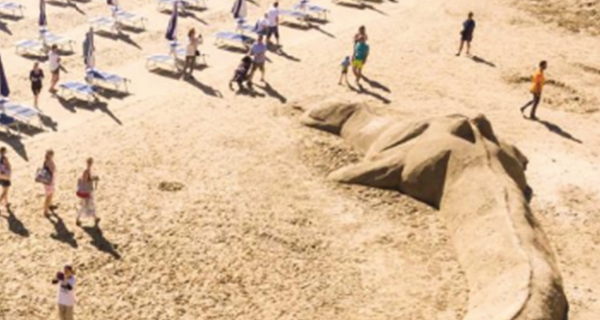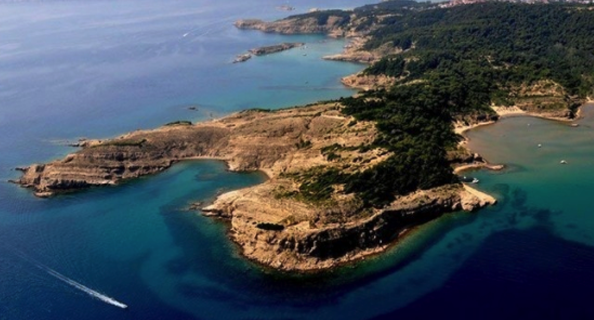Geopark and Archeology
Traces of human settlement on the island of Rab go back to ancient times. The remains of material artefacts on the Lopar Peninsula were discovered in the 1960s, when a number of stone artefacts were unearthed at a Palaeolithic archaeological site. Most of the artefacts were found near fresh water so it is presumed that a prehistoric settlement had been built in the area.
Forts and burial mounds found on the island of Rab are proof of the existence of Liburnian settlements. Nine prehistoric sites have been unearthed, two of which (forts) are located on the Lopar Peninsula and seven in the limestone Kamenjak area surrounding the Lopar Valley. The Gromačica necropolis has been researched the most extensively and a dagger, bronze axe, needle and thread have been found among other artefacts. It is assumed that the area of Punta Zidine was colonised by the Greeks and the fort located here was used as a surveying point, defence structure and shelter. It was most likely continuously used from the ancient times until the early Byzantine era. The area was later settled by the Celts and then by Romans who ruled until the fall of the Roman Empire in 476.
A partially preserved Roman pottery furnace is of extreme archaeological importance. The furnace was found in the spring of 2009 at the Podšilo site, a digging site of the Zagreb Archaeological Institute. Apart from the furnace, a number of static and mobile artefacts were found in the wider Podšilo area, proving that there was intense activity here during the Roman times. Many fragments of Roman construction and household pottery and amphorae were found at shallow sites. The numerous mobile artefacts and remains of ancient walls in the wider area surrounding the site point to the possibility that the pottery furnace is part of a larger complex – a local Roman pottery workshop.
The Lopar Geomorphologic Garden, part of the Rab Island Geopark, with a total of 50 marked geological points, is rich in geologically interesting features and rare flora. In its many geological points of interest, you can find an abundance of fossils. The specially formed rocks and an unusual geological profile will surely catch your attention.
The Rab Geopark Island project was conceived as a means of raising the awareness of the local population and their guests about the island’s specific natural heritage and promoting the archaeological sites internationally. It is also intended to stimulate the development of geotourism as a special branch of tourism in Croatia.
Tourists can join one of the free guided tours through the geological and archaeological sites in Lopar.
Featured



Activities
Lopar offers daily half-day boat trips with a glass bottom in the waters of Lopar and Goli Otok and Grgur.
Special features of Lopar

Sand paradise

Rich culture and history

An oasis of natural beauty





















